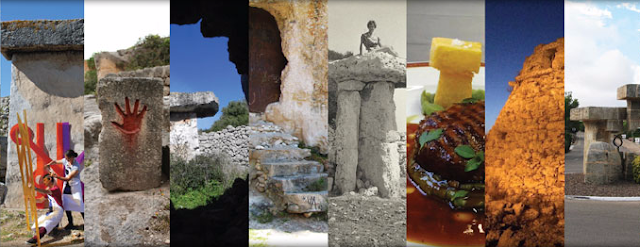Iranian Heritage in Danger (I): Pasargadae
Adopted by the General Conference at its seventeenth session Paris, 16 November 1972, convention concerning the protection of the world cultural and natural heritage, parts of the cultural or natural heritage are of outstanding interest, therefore need to be preserved as part of the world heritage of mankind as a whole. However, World Heritage sites, each should have the highest standards of conservation and management. Not only there are not any prospective plans for long-term preservation in some sites but also there are not any short-term plans for their conservation. Iran, one of the oldest civilizations, has no shortage of both cultural and natural significant sites to see. When it comes to UNESCO World Heritage Sites, it boasts impressive several registered cultural sites:
Armenian Monastic Ensembles of Iran (2008)
Bam and its Cultural Landscape (2004)
Bisotun (2006)
Cultural Landscape of Maymand (2015)
Golestan Palace (2013)
Gonbad-e Qābus (2012)
Masjed-e Jāmé of Isfahan ( 2012)
Meidan Emam, Esfahan (1979)
Pasargadae (2004)
Persepolis (1979)
Shahr-i Sokhta (2014)
Sheikh Safi al-din Khānegāh and Shrine Ensemble in Ardabil (2010)
Shushtar Historical Hydraulic System (2009)
Soltaniyeh (2005)
Susa (2015)
Tabriz Historic Bazaar Complex (2010)
Takht-e Soleyman (2003)
Tchogha Zanbil (1979)
The Persian Garden (2011)
The Persian Qanat (2016).
This post intends to focus on some World Heritage sites of Iran which are threatened by human, natural and other kind of reasons . Pasargadae, the city built by King Cyrus the Great,is well worth to note in the first post . Lately there has been a great deal of heated discussion regarding the issue of constructed Dam effect on Pasargadae. Sivand dam had been planned by the government as a part of a national project to provide irrigation water for farmers in the parched south of the Iran. There are many pros and cons in planned project. It was constructed to solve shortage of water and agricultural problem, On the other hand, Constructed dam near the Pasargad, Sivand, grows a serious concern among archaeologists which listed as below:
- The first problem is uplifting the level of ground water, which can damage the foundation structures of Pasargadae.
- The second problem is much more serious. It is undeniable that the increase of moisture content after the dewatering dam and the lake behind it has really threatened for the stone and materials which had been used in Pasargadae.
- Also wind and cyclone which caused by dam can cause erosion and other irreversible effect on mentioned site.
- In recent years, agricultural activities have caused many problems. Growth of algae and bacteria are other serious threat for that site.
- Additionally, sometimes tourists have irreparable impact on sites, which come from their ignorance. They damage sites by engraving on stones and destroying some parts of structure.
It is strongly believed that if the world heritage site of Pasargadae, Cyrus's capital city, not renowned for its palaces, gardens and the tomb of the founder of the Achaemenid dynasty a significant part of both Iran and world heritage has been vanished. So, Particular world attention should be paid on conserving world heritage sites. Using new protective materials (such as Nano) to cover and conserve stones and structures against the moisture, wind which have been caused by dam would be useful. In addition, engineering measures to soil and foundation reinforcing should be needed. Increasing knowledge of tourist could be helpful way to prevent damaged which come from tourists. All in all, conserving historical and natural sites should be one area of government's priority of the countries all around the world. In this case, this belief is partly right that it is immoral that individual shrink responsibility and try to pass all on government. Government and citizens should be jointly responsible.
Iranian Heritage in Danger is a post series by UCM doctoral student Ghazal Nouri







Comentarios
Publicar un comentario